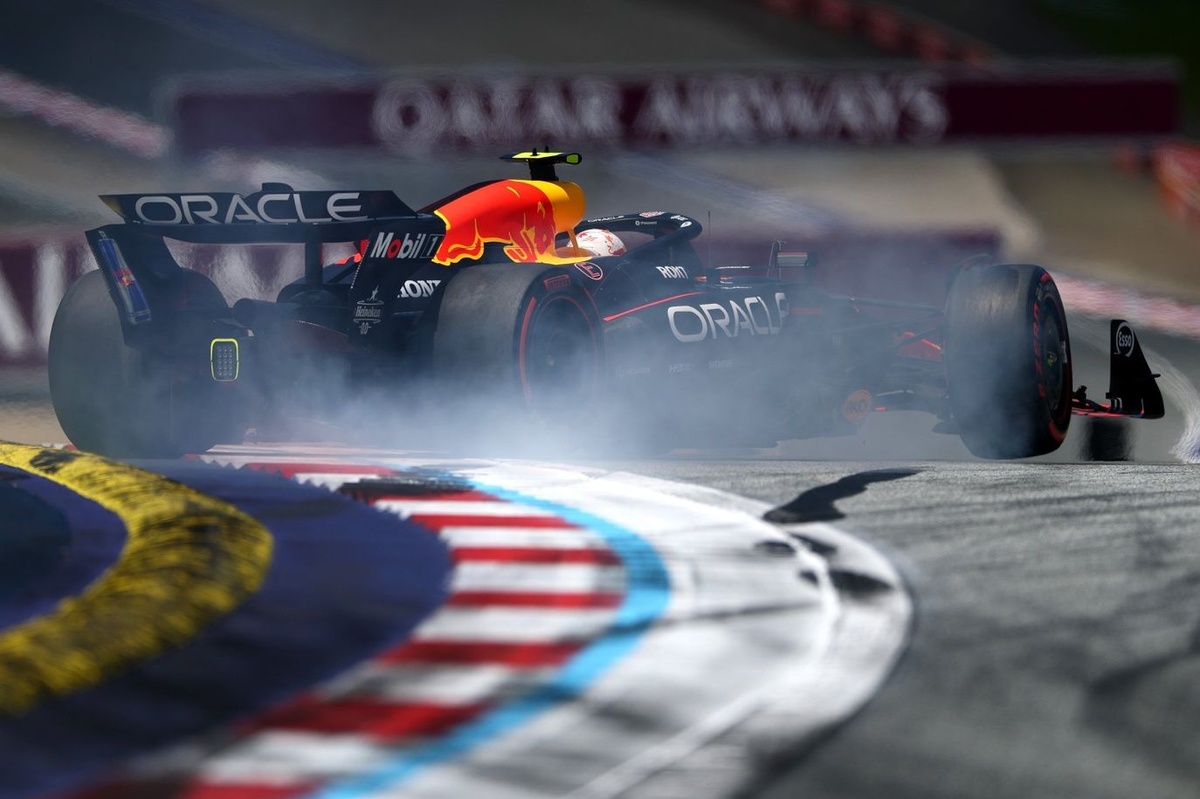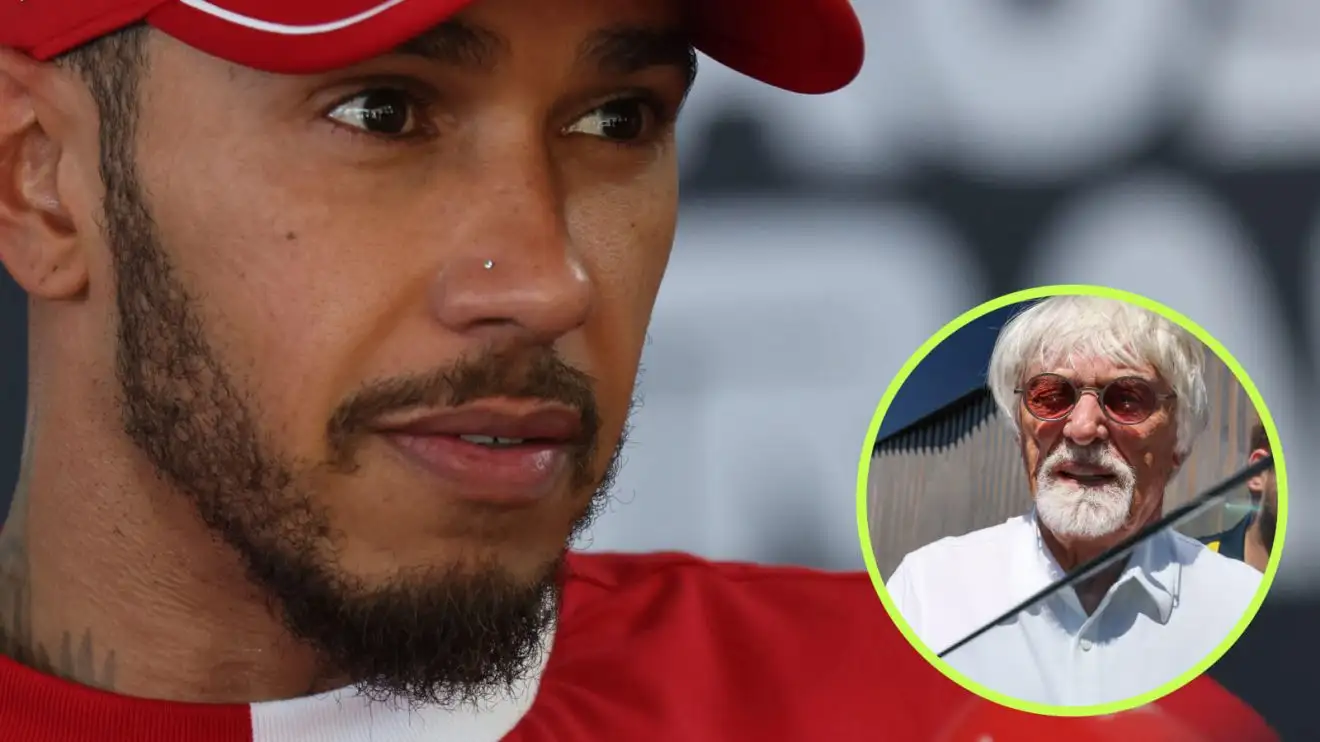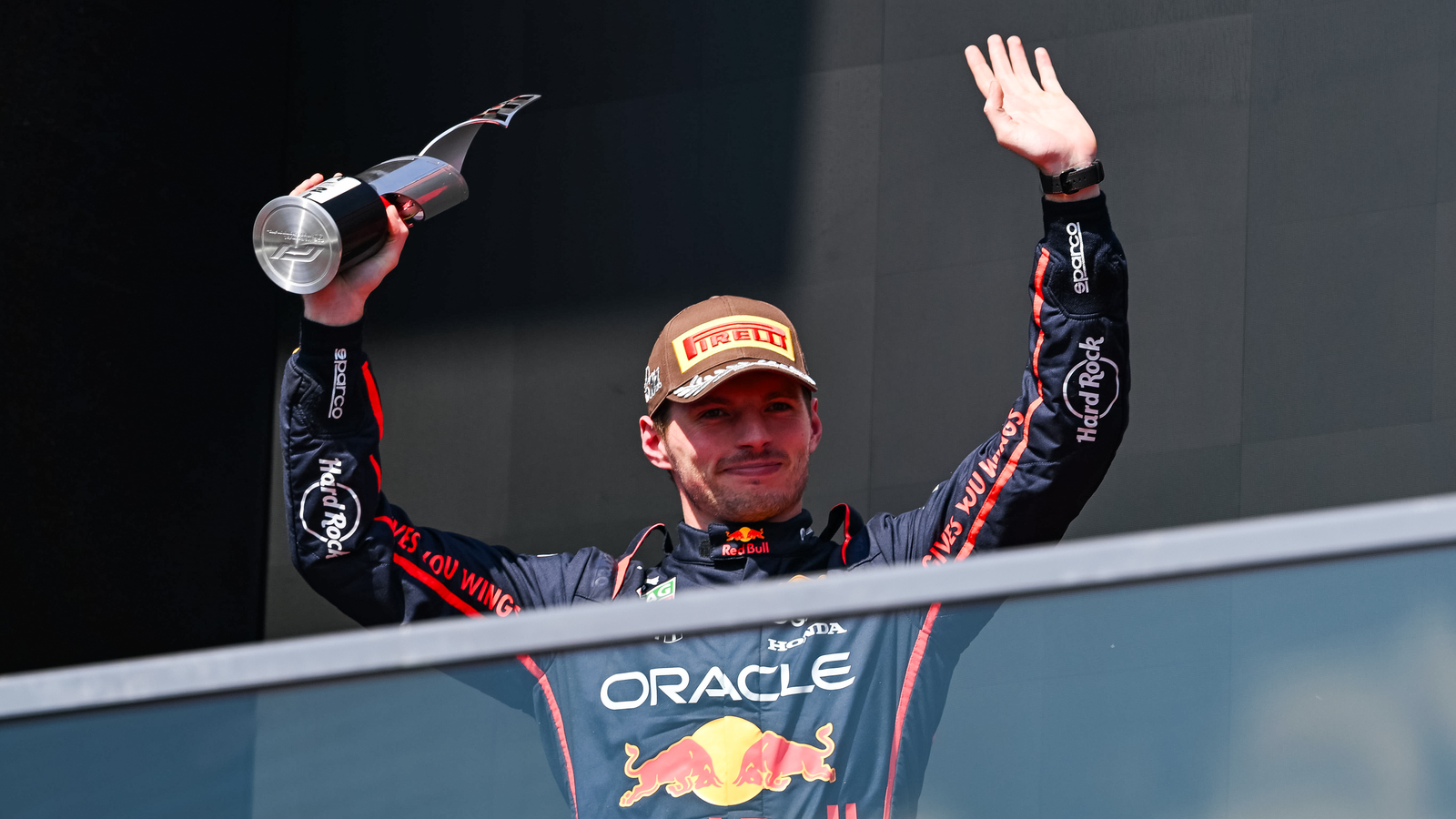The intricate world of Formula 1 consistently brings to light the multifaceted challenges teams face, and Red Bull Racing’s recent driver changes, particularly with Yuki Tsunoda now in Liam Lawson’s seat, underline a critical debate: is changing drivers truly the solution to underlying performance issues? The experience of Dunne’s McLaren outing serves as a poignant comparative example, suggesting that superficial roster adjustments often fail to address the deeper systemic challenges inherent in top-tier motorsport. For Red Bull, the recent data points to a truth that goes beyond individual F1 Drivers, hinting that their strategic path might require a more comprehensive re-evaluation.
Yuki Tsunoda, since assuming his role for Red Bull, has now participated in nine Grands Prix, yet his impact on the team’s points tally has been notably negligible. In this period, Tsunoda has contributed a mere seven points, standing in stark contrast to his teammate, Max Verstappen, who has amassed a dominant 119 points. This significant disparity in performance highlights a profound gap that a simple driver swap has evidently not bridged. The expectation that a new driver would instantaneously galvanize performance has not materialized, compelling a closer look at the broader Team Strategy at play within Red Bull Racing.
Further scrutinizing Tsunoda’s tenure, his recent qualifying results do not paint a more optimistic picture. Even when factoring in penalties and specific race circumstances, the Japanese driver’s Saturday performances have struggled to provide the team with a stronger starting position or a clear advantage. This persistent trend in qualifying, a critical indicator of raw pace and car-driver synergy, reinforces the notion that the issue extends beyond the driver’s individual capabilities. It suggests that factors such as car development, team dynamics, or strategic limitations might be more influential than initially perceived.
The central premise emerging from Red Bull’s current predicament is that while driver changes might appear to be an immediate and decisive remedy, the persistent challenges indicate that the true solutions lie deeper than mere personnel rotations. For a powerhouse like Red Bull Racing, renowned for its meticulous engineering and strategic acumen in Formula 1, this period of underperformance, despite a driver change, necessitates an introspective analysis of their foundational operational and developmental philosophies. It challenges the conventional wisdom that a fresh face in the cockpit is a magic bullet for competitiveness.
Indeed, examples like Dunne’s McLaren outing offer valuable parallels, demonstrating that sometimes, the true bottlenecks are embedded within the team’s strategic framework or the car’s inherent design rather than the person behind the wheel. For Red Bull, this implies a pressing need for a more comprehensive strategic overhaul, a re-assessment of their car development trajectory, or a deeper dive into the overall team dynamics that influence weekend performance. Superficial shifts in F1 Drivers will likely continue to yield minimal improvements if these foundational elements remain unaddressed in the demanding world of Formula 1.
Ultimately, Red Bull’s experience with Yuki Tsunoda serves as a compelling case study within Formula 1, underscoring that sustained success hinges on a holistic approach to team management and technological innovation. While individual driver talent remains paramount, the current scenario suggests that the onus is now on Red Bull Racing to look beyond the cockpit for answers, focusing on internal re-evaluations and strategic adjustments to reclaim their dominant form. Only then can they hope to truly enhance competitiveness and close the significant performance gap observed between their drivers.
Discover more from The Time News
Subscribe to get the latest posts sent to your email.






